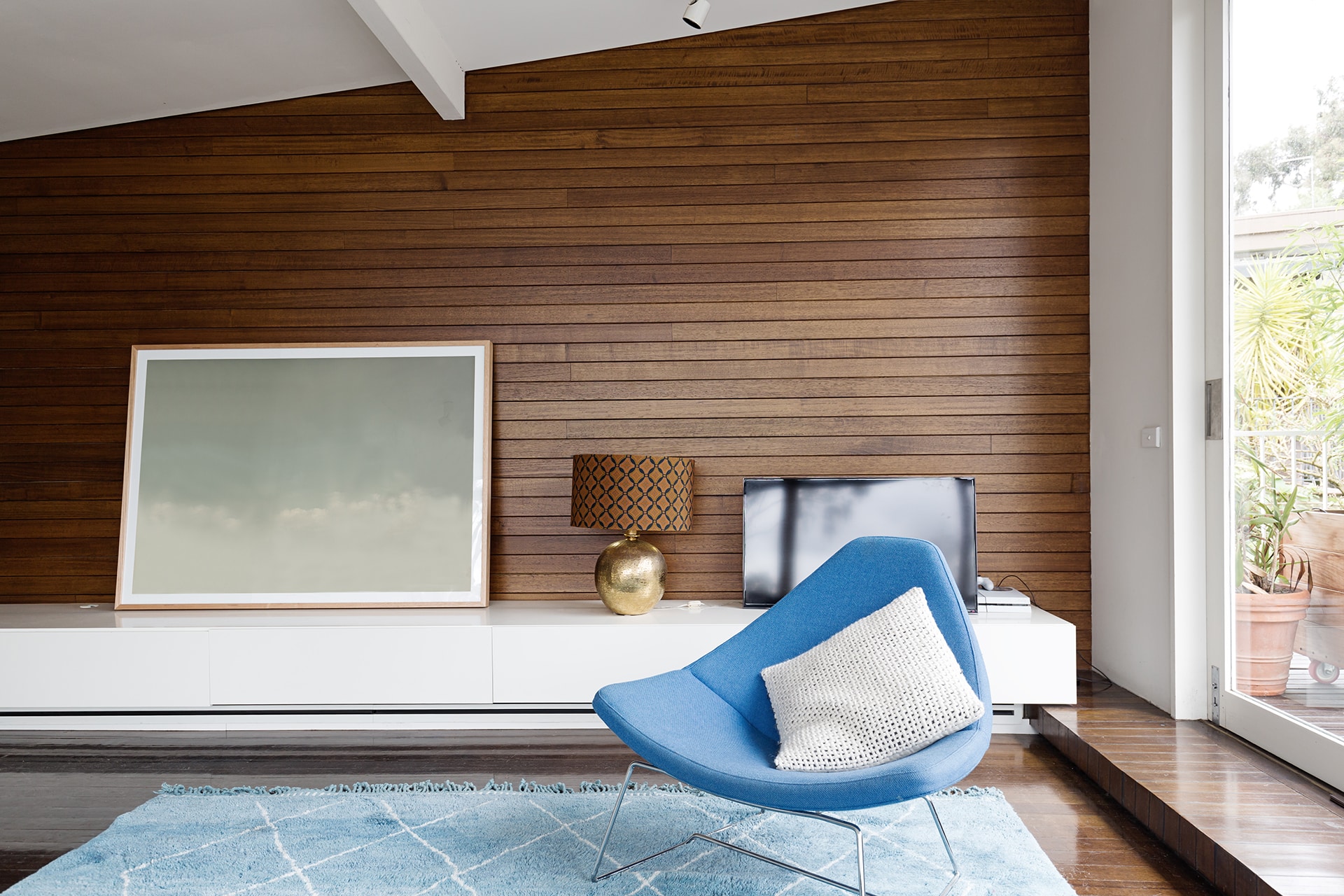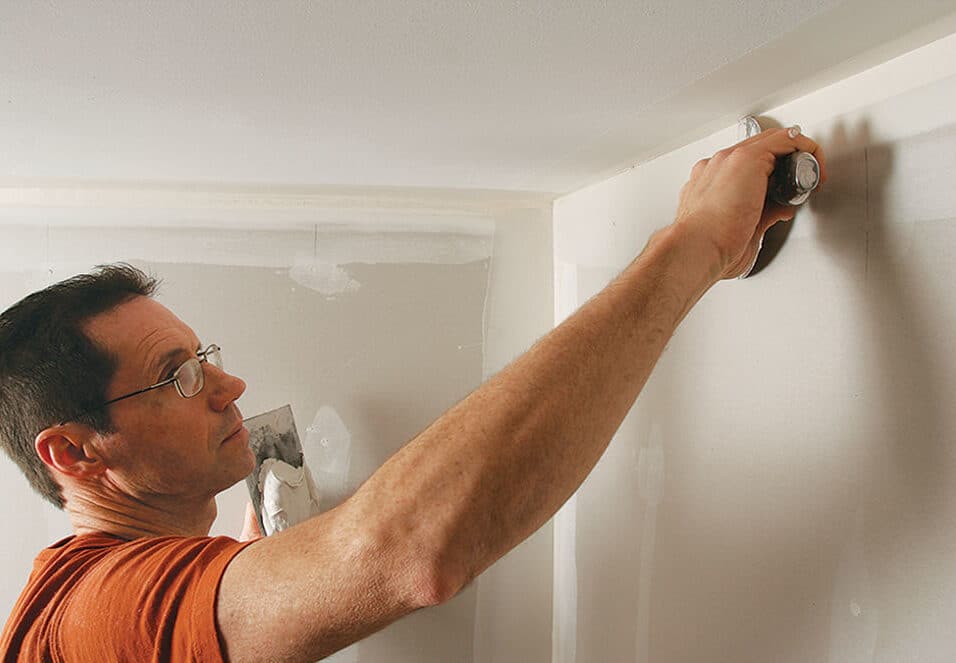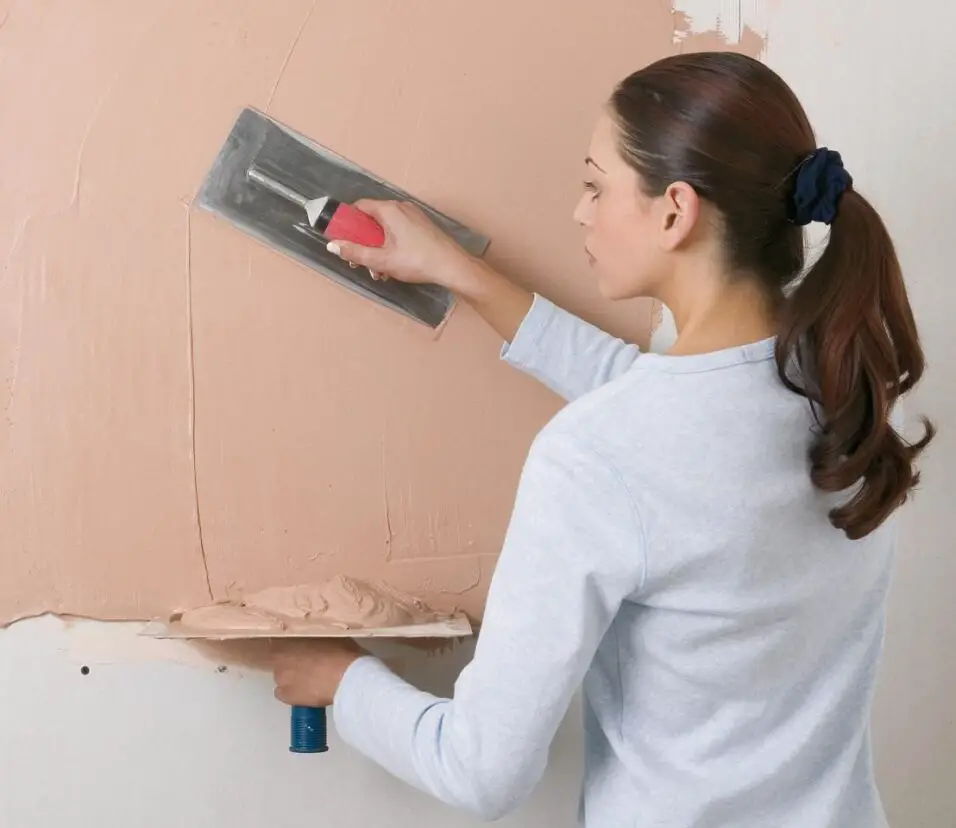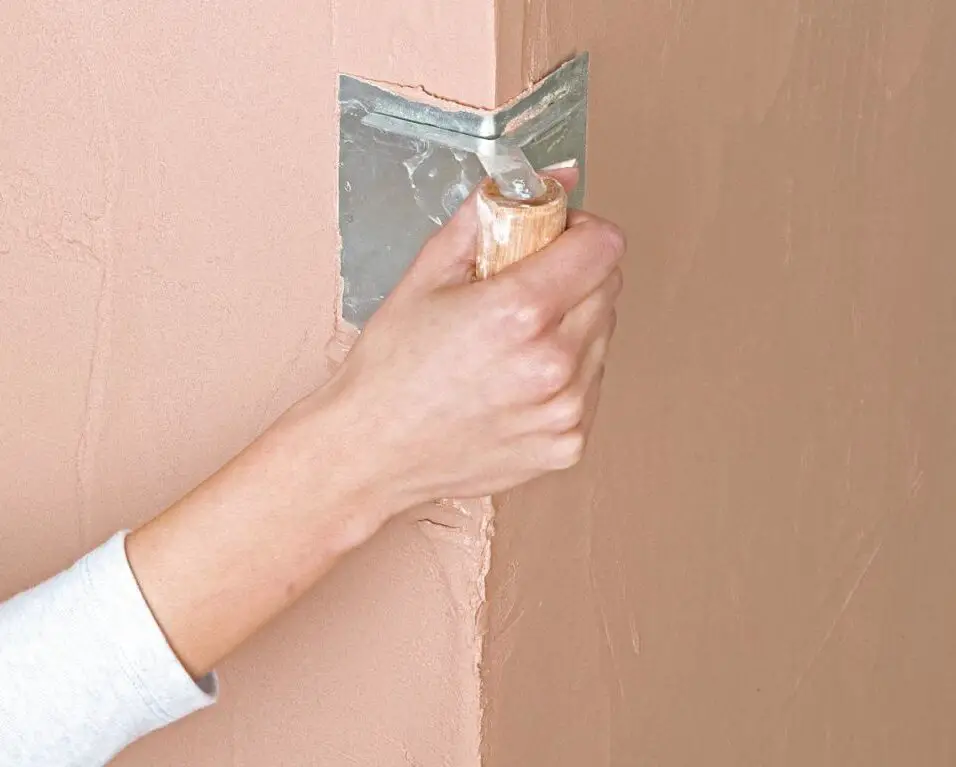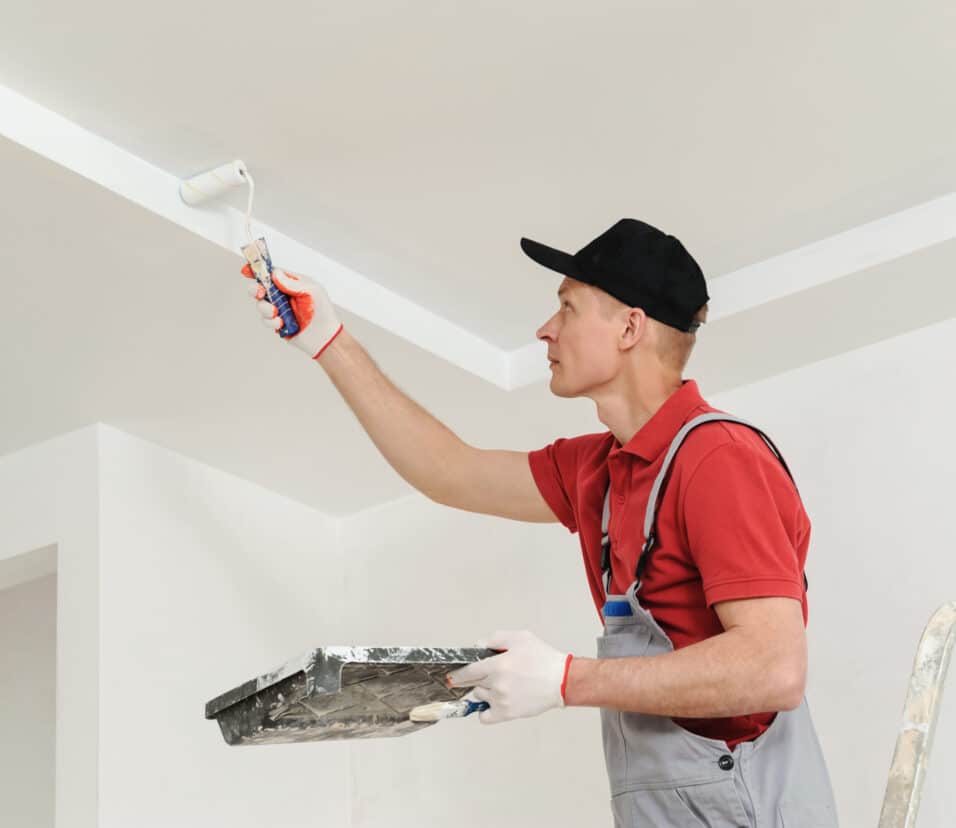How To Clean Wood Panel Walls
Introduction
How To Clean Wood Panel Walls: Wood panel walls exude timeless charm and warmth, but over time, they can accumulate dust, grime, and stains that diminish their luster. If you’re wondering how to restore the beauty of your wood panel walls, you’re in the right place. Cleaning wood panel walls is a simple yet vital aspect of maintaining a welcoming and pristine living space.
Wood paneling, whether it’s classic oak, rustic pine, or modern veneer, requires careful attention to preserve its natural allure. Proper cleaning not only removes dirt but also helps protect the wood’s finish, ensuring longevity. In this comprehensive guide, we’ll explore the best practices and techniques for cleaning wood panel walls, from everyday maintenance to tackling stubborn stains.
We’ll delve into the tools and cleaning agents that are safe for your wood surfaces, whether they’re painted, varnished, or left natural. Additionally, we’ll provide tips on avoiding common pitfalls that can harm your panels, ensuring that your efforts leave your walls looking refreshed, vibrant, and ready to complement any interior design.

How do you clean rough wood panel walls?
Mix ½ cup of dish soap and one gallon of warm water in a bucket. Dip a cleaning cloth or sponge into the soapy water, wring it out, and wipe down the walls. Dry the walls as you go with a clean towel to prevent water spots. Pour out the dirty water.
Cleaning rough wood panel walls requires a gentle approach to avoid damaging the textured surface. Here’s a step-by-step guide:
- Dust Removal: Begin by dusting the panels with a dry microfiber cloth or a soft-bristle brush. This step is crucial to remove loose dust and dirt from the rough surface.
- Vacuum: Use a vacuum cleaner with a soft brush attachment to reach into crevices and remove any remaining dust and debris.
- Prepare a Cleaning Solution: Mix a mild solution of warm water and a few drops of dish soap. Avoid using harsh chemicals or abrasive cleaners as they can harm the wood.
- Test in a Hidden Area: Before cleaning the entire wall, test your cleaning solution in a small, inconspicuous area to ensure it doesn’t damage or discolor the wood.
- Clean the Panels: Dip a soft cloth or sponge into the soapy water, wring it out well, and gently wipe the rough wood panels. Avoid excessive moisture to prevent the wood from swelling or warping.
- Rinse: Rinse the panels with a clean, damp cloth to remove any soap residue.
- Dry Thoroughly: Use a dry, clean cloth to dry the panels immediately. Moisture can be harmful to wood, so it’s essential to ensure the panels are completely dry.
- Apply Wood Polish (Optional): To enhance the wood’s natural luster and protect it, you can apply a wood polish or conditioner according to the manufacturer’s instructions.
How do you refresh wood panel walls?
Paint the wood paneling
One of the easiest, quickest wood paneling makeover ideas? “A fresh coat of white paint,” says Bee Heinemann, an interior design expert and marketing director of Vänt Wall Panels. Start with a good primer to cover all that panel and wood grain, then add a few coats of a vivid white paint.
Refreshing wood panel walls involves restoring their appearance and luster. Here are steps to achieve that:
- Clean the Panels: Start by cleaning the wood paneling using the gentle cleaning method described above to remove dust and grime.
- Fill Gaps and Holes: If there are gaps or nail holes in the paneling, use wood filler to fill them. Sand the filled areas once they’re dry to ensure a smooth surface.
- Sand the Surface: Lightly sand the entire surface of the wood paneling with fine-grit sandpaper to remove any rough spots or imperfections. This step prepares the surface for refinishing.
- Apply Wood Finish: To refresh the wood’s appearance, apply a wood finish or stain that matches your desired look. Follow the manufacturer’s instructions for application and drying times.
- Polish or Seal: After the finish has dried, you can polish the wood to enhance its luster or apply a clear wood sealer for added protection.
- Decorate or Rearrange: Consider rearranging or adding decor elements to give the room a fresh look. New furnishings, artwork, or lighting can complement your refreshed wood paneling.
How do you clean wood paneling for painting?
Fill a bucket with warm water and dish soap and wipe the paneling with a damp sponge. Rinse the soap off with a clean, wet sponge. If any dirt doesn’t come off, try a heavy-duty degreaser. After cleaning, dry the paneling with a soft microfiber towel or let it air dry completely.
Cleaning wood paneling before painting is essential to ensure proper adhesion of the paint. Here’s how to do it:
- Dust and Vacuum: Begin by dusting the paneling with a dry microfiber cloth or soft brush. Follow this by vacuuming to remove any loose dirt and debris.
- Prepare a Cleaning Solution: Create a cleaning solution by mixing warm water with a mild detergent, such as dish soap.
- Test a Small Area: Before cleaning the entire wall, test your cleaning solution in a small, inconspicuous area to ensure it doesn’t affect the wood or its finish.
- Clean the Panels: Dampen a soft cloth or sponge in the soapy water, wring it out well, and gently wipe down the wood paneling. Ensure that you remove any grease, stains, or residues.
- Rinse and Dry: Rinse the panels with a clean, damp cloth to remove any soap residue, and then dry thoroughly with a clean, dry cloth. It’s crucial to have a clean and dry surface before painting.
- Prime (if Necessary): Depending on the type of wood and the condition of the paneling, you may need to apply a wood primer to ensure proper paint adhesion. Follow the primer manufacturer’s instructions.
- Paint: Once the panels are clean, dry, and primed (if needed), you can proceed with painting using your chosen paint and technique.
What is the best cleaner for wood paneling?
One of the most effective tips for cleaning wood paneling is using natural products such as Murphy(r) Oil Soap or Colgate-Palmolive’s Wood Paneling Soap. These products can be used to clean your wood paneling without harming it. Deep cleaning your home is always good to keep your paneling walls without dust.
The best cleaner for wood paneling is a mild and non-abrasive solution. A mixture of warm water and a few drops of dish soap is often the safest and most effective option. Avoid using harsh chemicals, ammonia-based cleaners, or abrasive scrubbers, as they can damage the wood or its finish.
For stubborn stains or heavily soiled areas, you can try a 50/50 solution of white vinegar and water. Vinegar is a natural and safe cleaner that can help break down grease and grime. Again, it’s important to test any cleaning solution in an inconspicuous area before applying it to the entire wood paneling to ensure it doesn’t cause any adverse reactions.
Ultimately, the best cleaner for your wood paneling depends on the specific type of wood, finish, and the nature of the dirt or stains you’re trying to remove. Always err on the side of caution and choose the gentlest cleaning solution that effectively cleans the paneling without causing harm.
How do you make old wood panel walls look good?
How to Make Wood Paneling Look More Modern
- APPLY SOME PAINT. For an easy, quick update to your wood paneling, add a fresh coat of paint.
- CREATE A GEOMETRIC PATTERN.
- WHITEWASH YOUR WOOD.
- INSTALL PANELING ON THE CEILING.
- TRY SHIPLAP.
- MIX AND MATCH COLORS.
- ADD TEXTURE.
- INSTALL WAINSCOTTING.
Reviving old wood panel walls can transform the look of a room. Here are several methods to make them look good:
- Clean Thoroughly: Start by cleaning the wood panels to remove dirt and grime. A mixture of warm water and a few drops of mild dish soap is a safe and effective cleaner. Avoid harsh chemicals that can damage the wood.
- Refinish or Stain: If the wood is faded or lacks luster, consider refinishing it or applying a wood stain. This process can enhance the natural beauty of the wood while protecting it. Ensure the wood is clean and dry before applying any finish.
- Fill Gaps and Cracks: If there are gaps, holes, or cracks in the wood, use wood filler to fill them. Sand the filled areas to create a smooth surface.
- Lighting: Adequate lighting can significantly impact the appearance of wood paneling. Ensure that the room is well-lit to highlight the paneling’s texture and color.
- Furnishings and Decor: Choose furnishings, decor, and artwork that complement the paneling. Light-colored furnishings and contrasting accents can create an attractive visual balance.
- Area Rugs: Placing area rugs or carpets can soften the look of the room and add warmth to the space.
- Window Treatments: Install curtains or blinds that complement the wood paneling. Lighter-colored window treatments can brighten the room.
- Plants and Greenery: Adding indoor plants can introduce color and life to the space, softening the wood’s visual impact.
- Accent Wall: Consider creating an accent wall with wallpaper, paint, or a different type of paneling to break up the wood paneling and add visual interest.
- Artwork: Displaying artwork or decorative mirrors can draw attention away from the paneling and become focal points in the room.
How can I brighten my wood paneling without painting?
Light It Up
Including lots of light in the room will brighten the dark wood paneled walls and show them off beautifully. This space uses multiple light sources, including some positioned right on the wood panels to keep the room bright, while letting the dark wood bring some depth and interest to the area.
Brightening wood paneling without painting involves enhancing the wood’s natural beauty and increasing the room’s overall lightness. Here’s how to do it:
- Clean Thoroughly: Start by cleaning the paneling to remove dirt and grime. A mixture of warm water and mild dish soap is effective. Rinse well and dry completely.
- Wood Finish or Polish: Apply a wood finish or polish to the paneling. This can restore its luster and protect the wood. Choose a finish that matches the desired sheen level, whether matte, satin, or glossy.
- Lighter Decor: Select lighter-colored furnishings, upholstery, and decor items. Lighter colors reflect more light and can create a brighter atmosphere.
- Strategic Lighting: Add additional lighting fixtures, such as floor lamps, table lamps, or wall sconces, to brighten the room. Consider using LED bulbs for energy-efficient, bright lighting.
- Mirror Accents: Hang decorative mirrors on the paneling to reflect light and create the illusion of more space.
- Rugs and Curtains: Use lighter-colored area rugs and curtains to introduce brightness and contrast.
- Indoor Plants: Bring in indoor plants with lush, green foliage. They not only add brightness but also a touch of nature to the room.
- Art and Decor: Display colorful artwork, decorative items, and accessories that pop against the wood paneling.
- Focal Point: Create a focal point in the room, such as a striking piece of furniture or an accent wall with a different texture or color.
- Minimalist Approach: Consider a minimalist design approach, which emphasizes simplicity and open space, allowing more light to flow through the room.
How do you make wood paneling smooth?
If you are creating a smooth surface, wait until after the first coat of primer has dried before you spackle to get proper adhesion. You will need to use joint compound (also called drywall mud) or spackle to fill in all the grooves in the paneling to meet the rest of the surface.
To make wood paneling smooth, follow these steps:
- Clean the Panels: Start by cleaning the paneling to remove any dirt, dust, or grime. Use a gentle cleaning solution and a soft cloth or sponge.
- Fill Gaps and Cracks: Inspect the paneling for gaps, cracks, or holes. Fill these imperfections with wood filler. Allow the filler to dry, and then sand it smooth.
- Sand the Surface: Sand the entire surface of the wood paneling with fine-grit sandpaper. This will help remove any rough spots, blemishes, or uneven areas, making the paneling smoother.
- Wipe Clean: After sanding, wipe down the paneling with a clean, damp cloth to remove sanding dust and residue.
- Prime (if Painting): If you plan to paint the paneling, apply a suitable wood primer. Priming helps create a smooth, even surface for paint to adhere to.
- Paint or Refinish (Optional): Depending on your desired look, you can either paint the paneling for a fresh, smooth finish or refinish it with a wood stain or clear finish to preserve its natural appearance.
- Seal (Optional): Consider applying a clear wood sealer to protect the wood and keep it looking smooth and polished.
By following these steps, you can achieve a smooth and refreshed look for your wood paneling.
Are wall panels easy to clean?
A standout feature of PVC wall panels is the low maintenance so cleaning PVC wall panels couldn’t be simpler. In contrast with the maintenance regime and abrasive cleaning agents that you need for tiles all you need for wall panels is a soft cloth and soapy water.
Wall panels can be relatively easy to clean, depending on the material and finish. Here are some general guidelines for cleaning common types of wall panels:
- Wood Paneling: Wood paneling can be cleaned with a mixture of warm water and mild dish soap. Avoid abrasive cleaners or excessive moisture. Dry the panels thoroughly after cleaning.
- Painted Panels: Painted wall panels are often easy to clean with a gentle cleaning solution. Avoid harsh chemicals that can damage the paint.
- Vinyl Panels: Vinyl wall panels are usually easy to clean with a mild detergent and water. Be cautious with abrasive scrubbers, as they can scratch the vinyl surface.
- Tile Panels: Tile wall panels are resistant to moisture and relatively easy to clean with a mixture of water and mild detergent. Grout lines may require special attention with a grout cleaner.
- Metal Panels: Metal wall panels can be wiped down with a damp cloth and a gentle cleaning solution. Avoid abrasive materials that can scratch the metal surface.
- Faux Stone or Brick Panels: Clean faux stone or brick panels with a mild detergent and water. Avoid harsh chemicals that can affect the finish.
- Acoustic Panels: For acoustic wall panels, follow the manufacturer’s cleaning instructions, as some materials are delicate and require specific care.
In general, regular dusting and light cleaning should keep wall panels looking their best. Always check the manufacturer’s recommendations for cleaning and maintenance, as specific materials may have unique requirements.
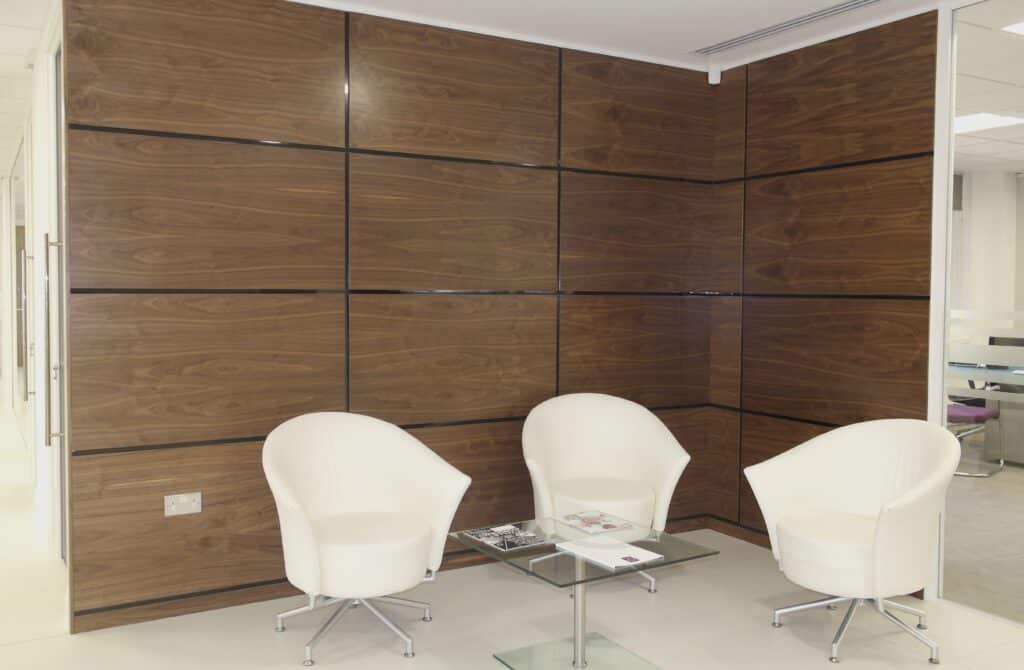
Conclusion
Cleaning wood panel walls is a straightforward yet essential task for preserving the timeless beauty and warmth they bring to your home. By following the methods and tips outlined in this guide, you can maintain your wood paneling’s luster for years to come.
Remember to start with regular dusting and gentle cleaning to prevent dirt buildup. For tougher stains or grime, use mild cleaning agents and avoid harsh chemicals that can damage the wood or its finish. Always test any cleaning solution in an inconspicuous area before applying it to the entire panel.
Consistent care and maintenance will not only keep your wood paneling walls looking their best but also protect them from potential damage. With a little effort and attention, your wood paneling will continue to enhance the ambiance of your living space and remain a testament to classic design and enduring quality. Keep these tips in mind, and you’ll enjoy the timeless appeal of your wood panel walls for generations to come.



